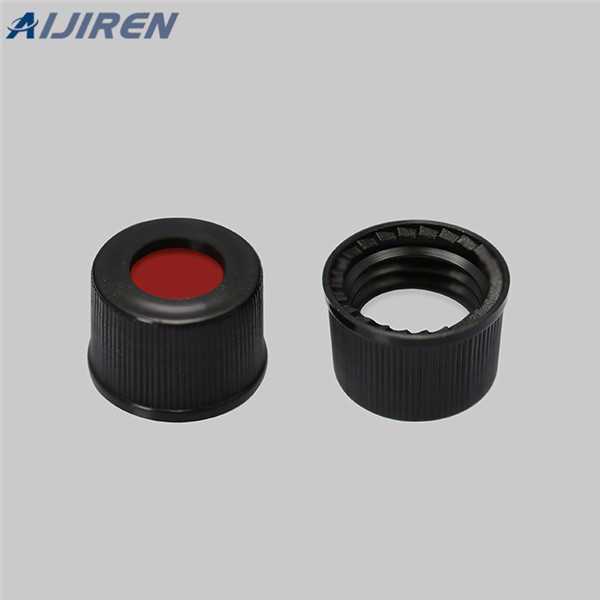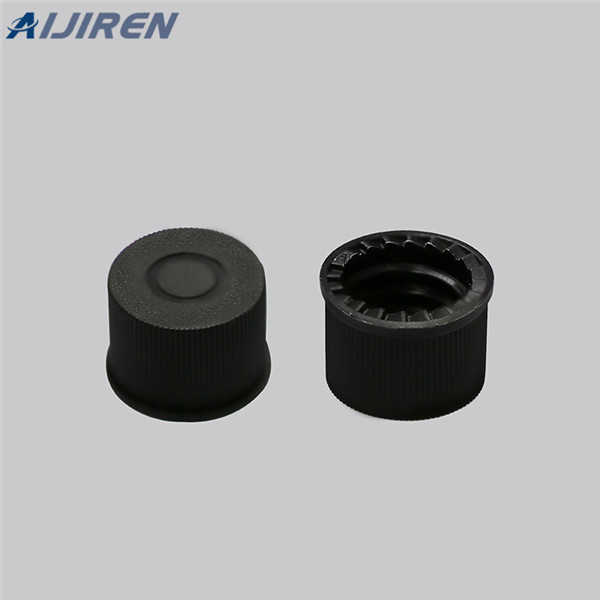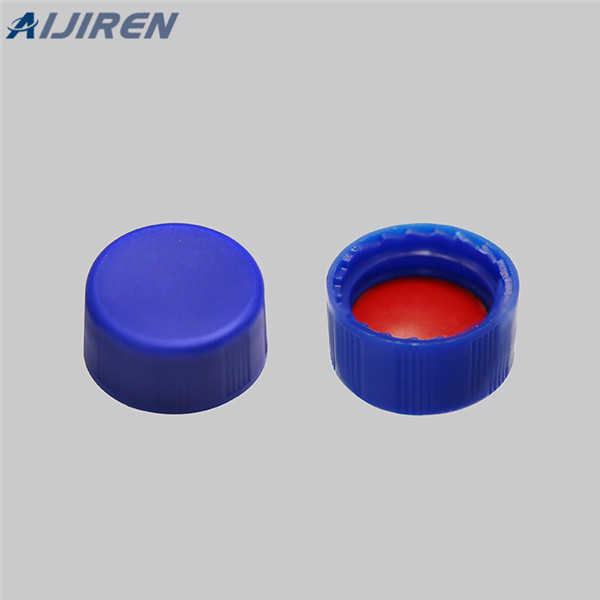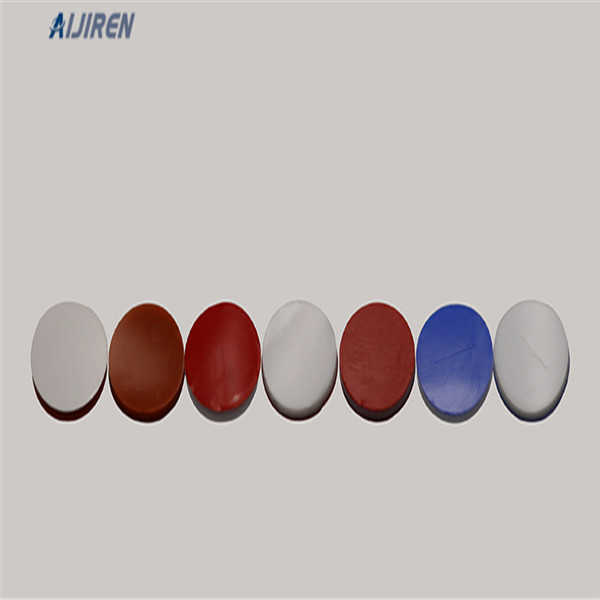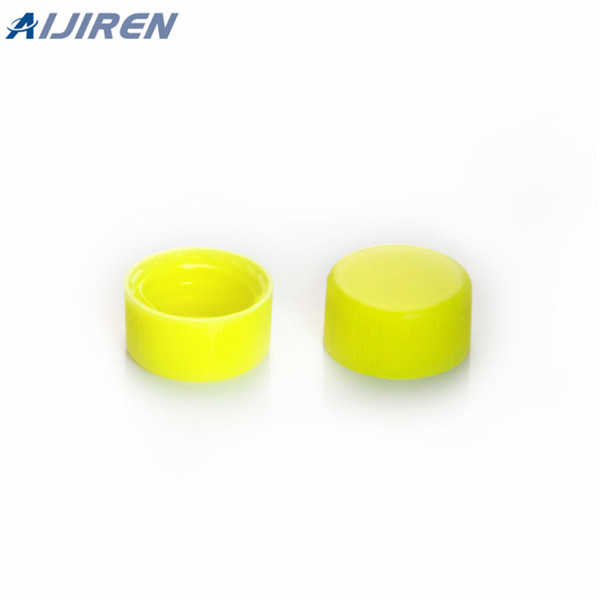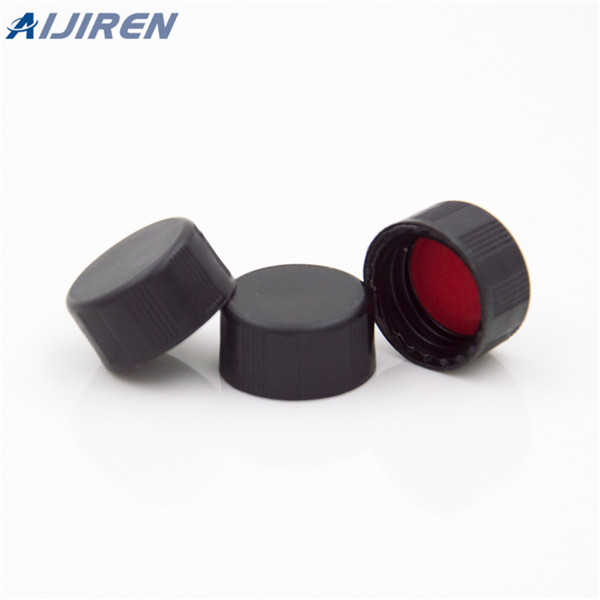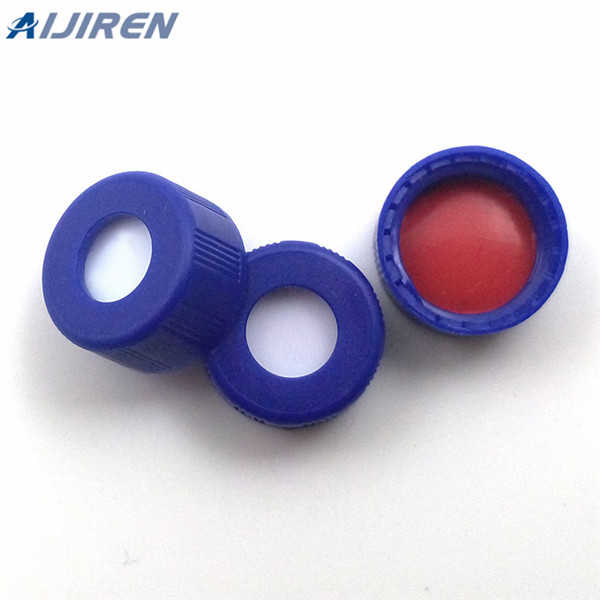Septum HPLC Applications in Environmental Monitoring and Analysis
-
The precise control over the temperature during analysis, improves the sensitivity, analysis time, peak separation and ensures the accuracy of sample results. Numerous small pores on the polymeric Teflon tubing allow the gaseous exchange to the environment while preventing any liquid to pass through the pores. Applications 1.
-
septum that faces the sample to limit exposure of the elastomer to the solvent. PTFE/Silicone septa are ideal for use in most HPLC and GC applications where resealability and purity are critical. Pre-slit PTFE/silicone septa Pre-slit septa are offered in many of the same formulations as for
-
septum that faces the sample to limit exposure of the elastomer to the solvent. PTFE/Silicone septa are ideal for use in most HPLC and GC applications where resealability and purity are critical. Pre-slit PTFE/silicone septa Pre-slit septa are offered in many of the same formulations as for
-
Oct 24, 2021 · 2.1. Method Development and Validation. An HPLC-DAD methodology was developed and validated to assess the flavonoid profile of walnut septum and all the analytical parameters, including the calibration curves, linear range, the determined coefficients (r 2), accuracy and precision, limits of detection (LODs), and limits of quantification (LOQs) are presented in Table 1.
-
Oct 12, 2021 · Walnut byproducts have been shown to exert functional properties, but the literature on their bioactive content is still scarce. Among walnut byproducts, walnut septum is a dry ligneous diaphragm tissue that divides the two halves of the kernel, exhibiting nutritional and medicinal properties. These functional properties are owing to its flavonoid content, and in order to explore the flavonoid
-
May 28, 2022 · HPLC, aka High-Performance Liquid Chromatography, is a separation technique in analytical chemistry used to identify, quantify and separate molecular compounds in a liquid mixture. Liquid chromatography (LC) is a very well-established technique. HPLC is the most widely used LC technique in the pharmaceutical industry to identify and quantify
-
High-performance liquid chromatography (HPLC) is a broad analytical chemistry technique used to separate compounds in a chemical mixture. These separations utilize the pressure-driven flow of a mobile phase through a column packed with a stationary phase. The mobile phase carries a liquid sample through the column to the detector, and compounds
-
Professionals use GIS to assist equitable environmental monitoring of harmful contaminants and pollutants. ArcGIS provides in-depth location- and science-based insights that present unbiased environmental monitoring, assessment, and response solutions and policy to protect lives and the environment.
-
The determination of fluoxetine in serum is an important part of monitoring its therapeutic use. The analysis is complicated by the complex matrix of serum samples. A solid-phase extraction followed by an HPLC analysis using a fluorescence detector provides the necessary selectivity and detection limits. Procedure
-
mass spectrometry (HPLC-MS/MS) is one of the most versatile analytical tools available due to its rapid and diverse growth in applications in the analysis of drugs and metabolites from biological fluids. In HPLC, the essential equipment consists of an eluent, reservoir, a high-pressure pump, and an injector for
-
Nov 23, 2014 · APPLICATION OF GC Gas chromatography (GC) continues to play an important role in the identification and quantification of ubiquitous pollutants in the environment. GC in the analysis of various classes of persistent organic contaminants in air, water, soils, sediments. Special attention is given to sample-preparation techniques.
-
The septum you choose for your autosampler vial can impact sample evaporation, sample security, needle bending and blockages, and instrument down time. Don’t let the complexities of septa selection slow you down. Use the simple online Thermo Scientific SureSTART Selection Guide to find the right septa and vial for your analysis.
-
Jun 9, 2010 · HPLC is probably the most universal type of analytical procedure; its application areas include quality control, process control, forensic analysis, environmental monitoring and clinical testing
-
This compendium highlights environmental applications to help you find the right analytical solutions, thus build confidence and reliability in all of your analytical measurements. CONFIDENTLY MEASURE ORGANIC AND INORGANIC CHEMICALS IN AIR, SOIL, AND WATER As part of their monitoring programs, environmental regulatory agencies require
-
Jul 19, 2019 · This chapter provides a cursory overview of the use of high-performance liquid chromatography/ultra-high-pressure liquid chromatography (HPLC/UHPLC) in food, environmental, chemical (polymers, ion chromatography), and life sciences applications (proteins, proteomics, glycomics).
you can contact us in the following ways.

